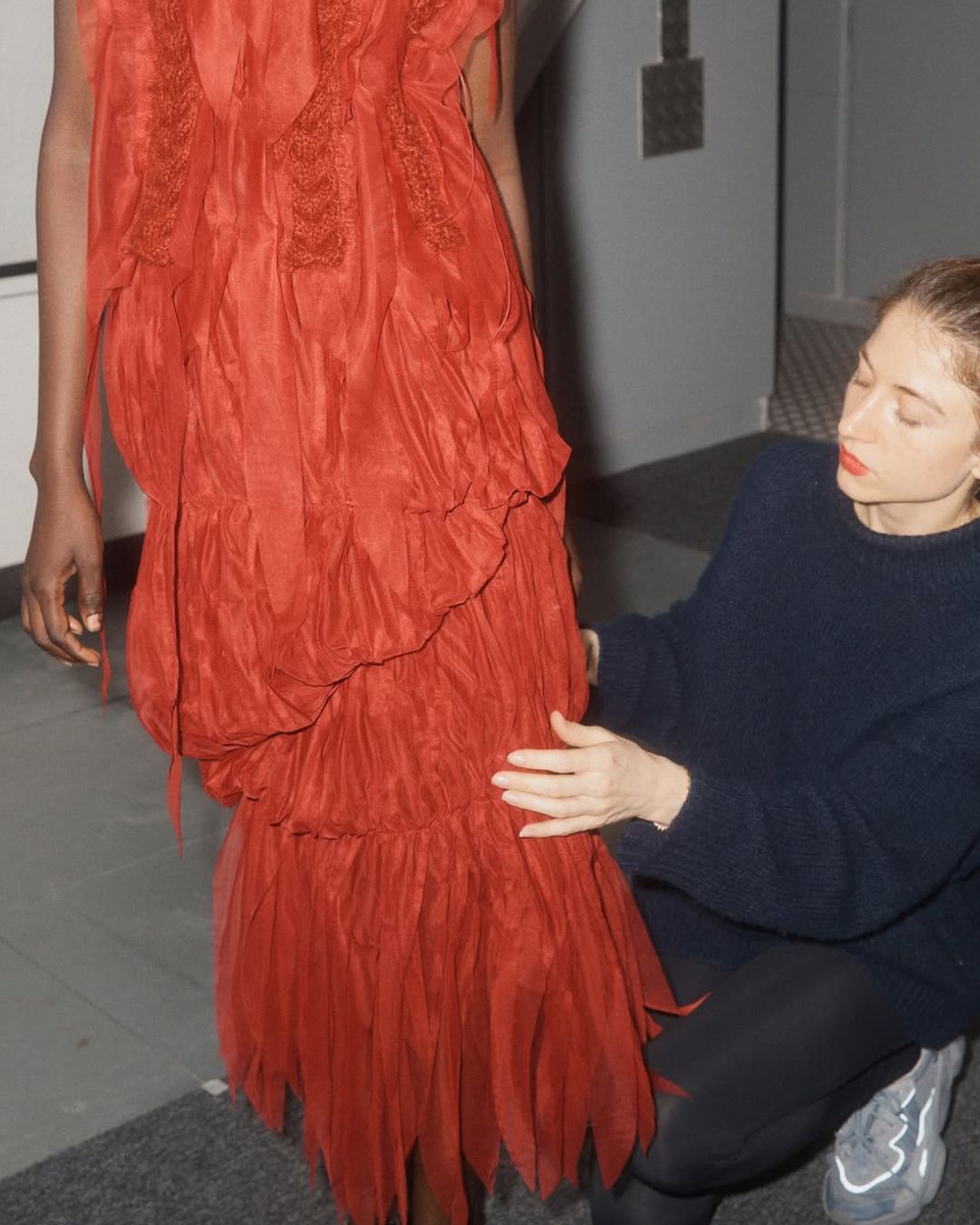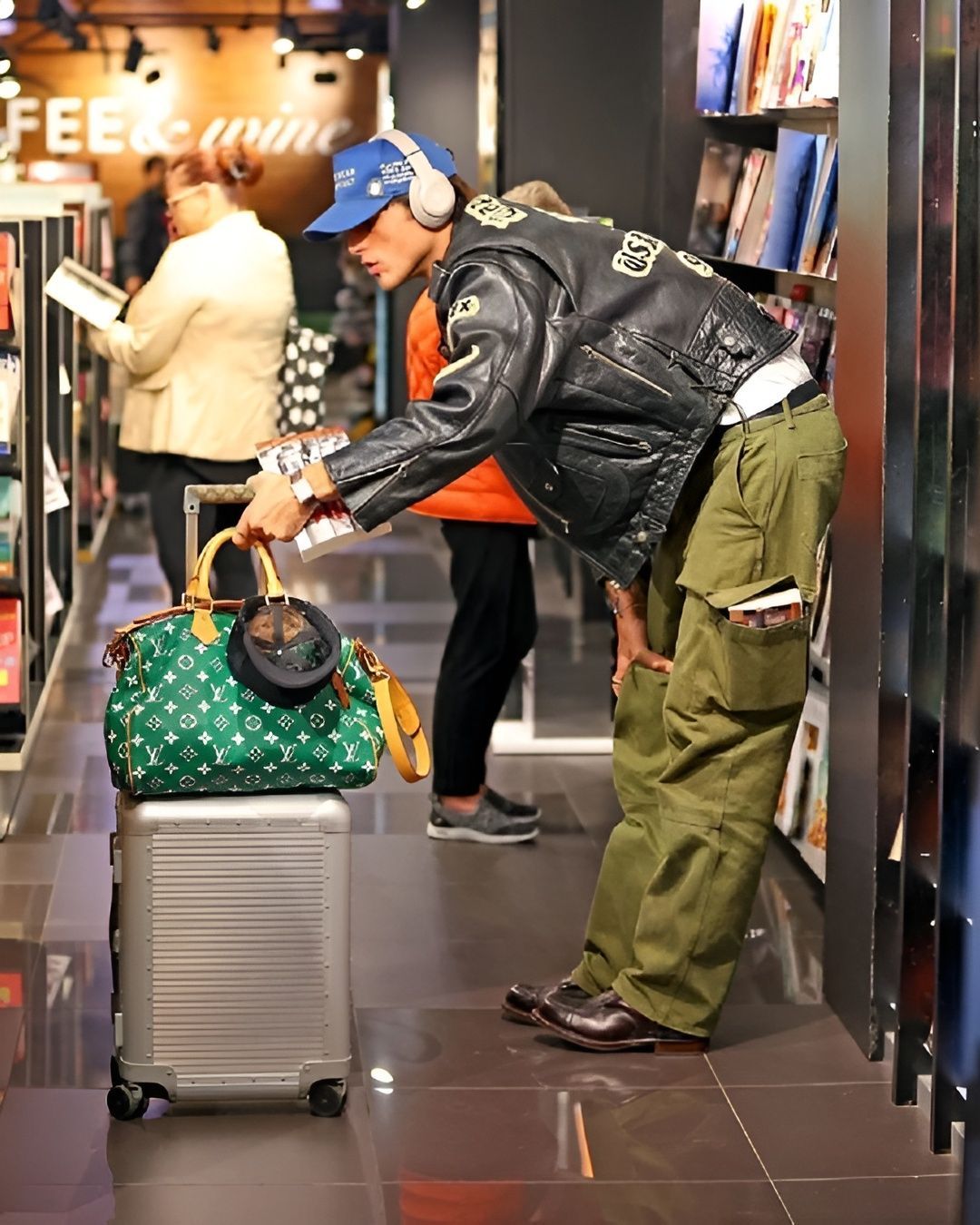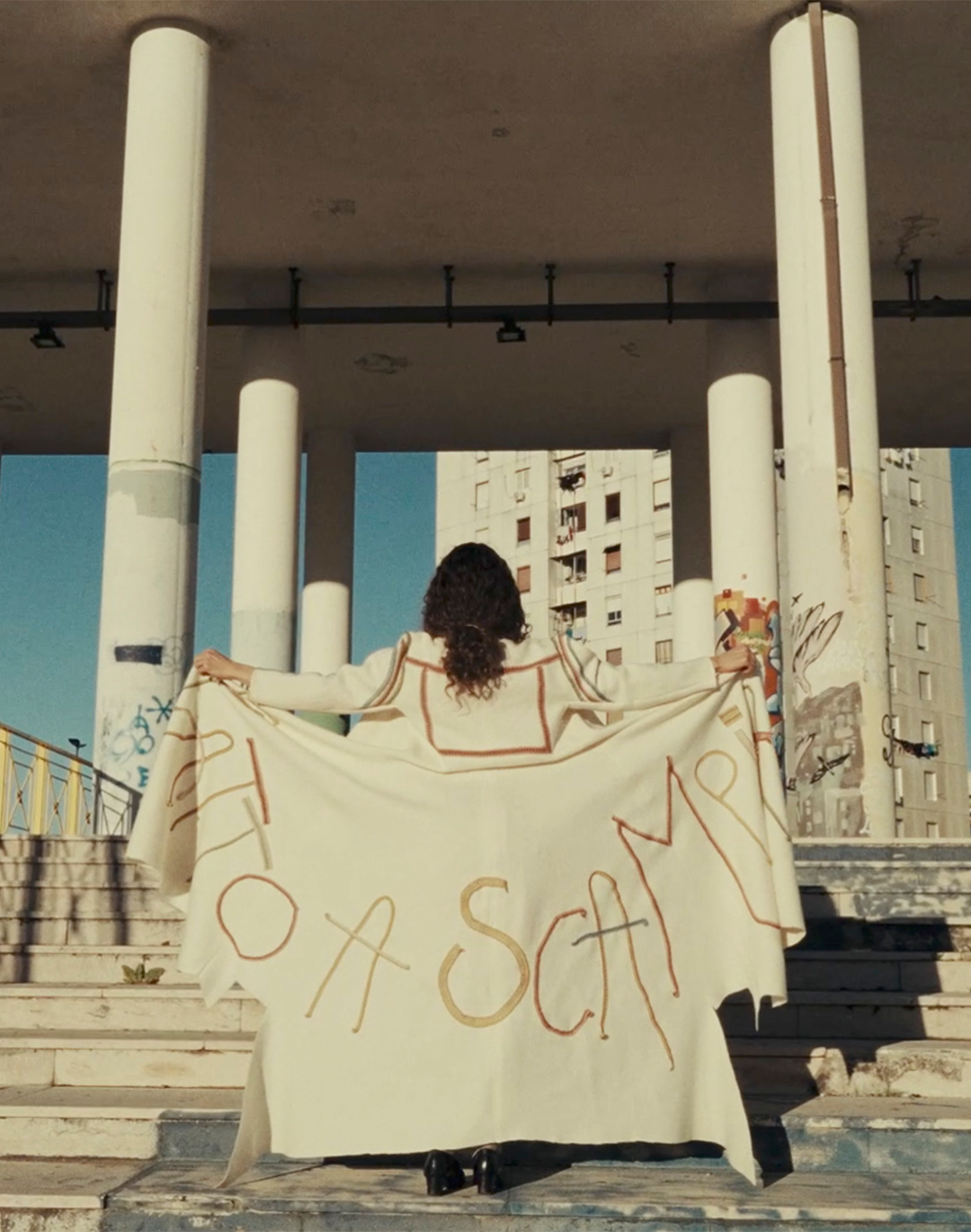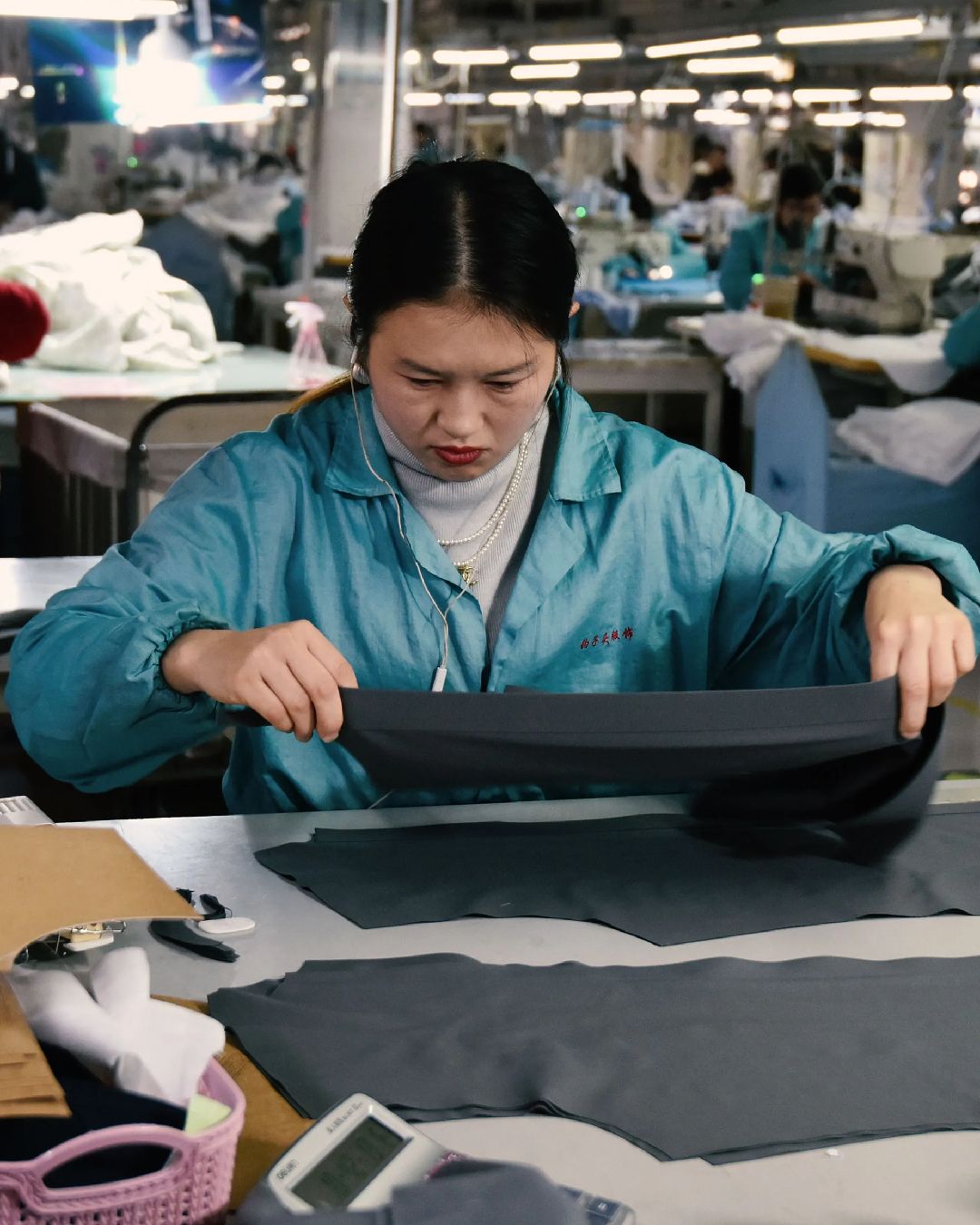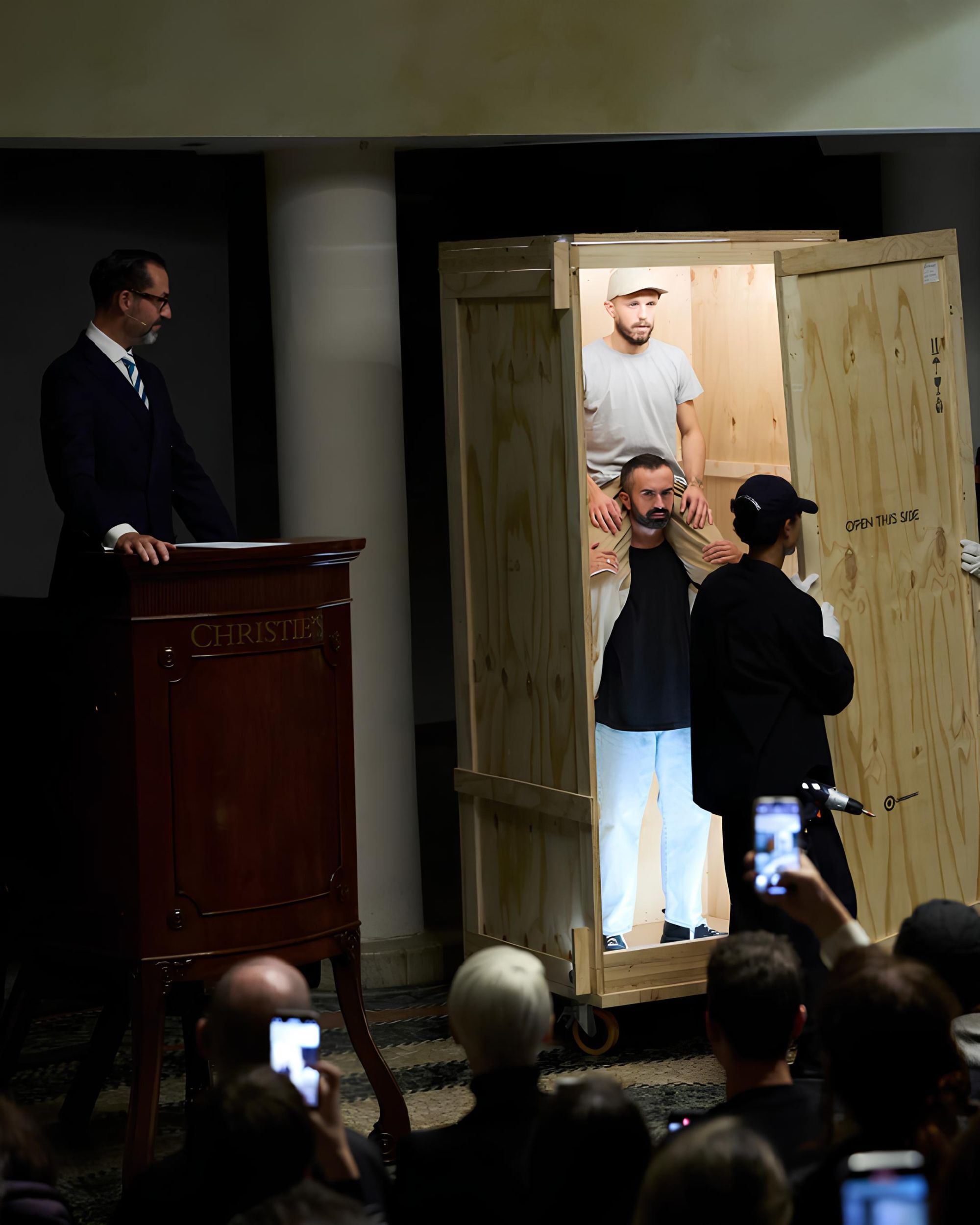
Are we at a point of no return with the "Made in Italy"? Demand for lay-offs in leather goods rose to 66% in one year
It may seem anachronistic to worry and complain about the current state of Milan Fashion Week, an event that, season after season, is gradually losing days and relevance on the international calendar, when the true backbone of Italian fashion appears to have reached an irreversible crisis point. The Made in Italy label, a source of pride and a business card for the Italian fashion system around the world, has never experienced such a delicate and difficult phase. According to Il Sole 24 Ore, the overall picture is decidedly negative, starting with the economic data from the first months of 2025. A preliminary survey conducted in the first quarter of the year among members of Confindustria Moda Accessori revealed a significant drop in revenue for the leather, accessories, and footwear sector, which fell by 6.4% compared to the same period last year. Of course, one could argue for a 3% increase compared to 2019, but this apparent growth is distorted by the widespread rise in costs and, consequently, final prices. In terms of output, the decline in production is clear. Giovanna Ceolini, a footwear entrepreneur and president of Confindustria Moda Accessori—which brings together companies from the leather supply chain in all its forms, including fur—clearly identifies the main issue affecting the entire Italian fashion sector today: the drastic drop in production.
The effects of this crisis are many and profound, starting with its direct impact on the workforce. Companies in the sector, operating well below their full potential for over a year due to the general contraction in luxury goods consumption, are facing growing difficulties in managing personnel. A telling sign is the sharp increase in requests for wage support (cassa integrazione), which rose by 66% in the first three months of 2025 compared to the same period in 2024—a year that was already problematic. Some insiders have reported that, amid last year’s luxury downturn, several production workers at Kering in Tuscany have been on wage support for almost six months. Ceolini emphasizes how companies are committed to protecting their employees, who are considered invaluable due to their high level of specialization. This resilient approach is crucial to overcoming the crisis without resorting to layoffs.
@ornellaauzino Risposta a @apedaci Se chiudono le fabbriche chiuderà anche l’indotto della pelletteria #madeinitaly #ornellaauzino #borsa #crisi suono originale - Ornella Auzino | Borse
To make matters worse, export data further confirms the industry's difficulties. In the first two months of 2025, exports in the accessories and footwear sector decreased by 6.5% compared to the same period in 2024. The outlook is far from optimistic: the recovery many hoped would arrive in the second half of the year now seems indefinitely postponed. As we already noted earlier this year, the global geopolitical landscape, marked by ongoing tensions and conflicts—most recently the war between Israel and Iran—makes any positive forecast even more difficult. Key markets like the United States and China are showing signs of stagnation and weakness, further impacted by financial market volatility and trade tariffs. Domestically, things aren’t looking any better—in fact, Italian consumers, directly affected by the current economic situation, are drastically cutting back on non-essential spending.
Meloni propagandista inetta regina dei bla bla non vi dice che grazie a lei il fashion made in Italy è in grave difficoltà. Nel 2024 i licenziamenti per motivi economici sono aumentati del 46%, quasi 4mila in 12 mesi. La cassa integrazione è in crescita, 4 lavoratori su 100. pic.twitter.com/Zv89jLwr5b
— lisameyer (@lisameyerildra1) April 23, 2025
Companies in the sector are trying to move beyond short-term crisis management and instead aim for a long-term structural transformation. Aware of the systemic nature of the crisis, the government has asked Confindustria Moda Accessori to submit a comprehensive industrial policy proposal by July. The key priorities include the fight against illegal labor practices, easier access to banking and tax credits, and concrete support for the investments required to implement digital and sustainable transitions, which have become increasingly urgent due to European regulations—such as the new Deforestation Regulation—that are placing considerable strain on the leather supply chain. In short, these are just some of the many issues that have seriously impacted the entire Made in Italy system over the past year and a half. Between foreign takeovers of key Italian manufacturing firms and the current economic situation, it’s only natural to wonder whether this is the end of the Italian supply chain as we know it.


